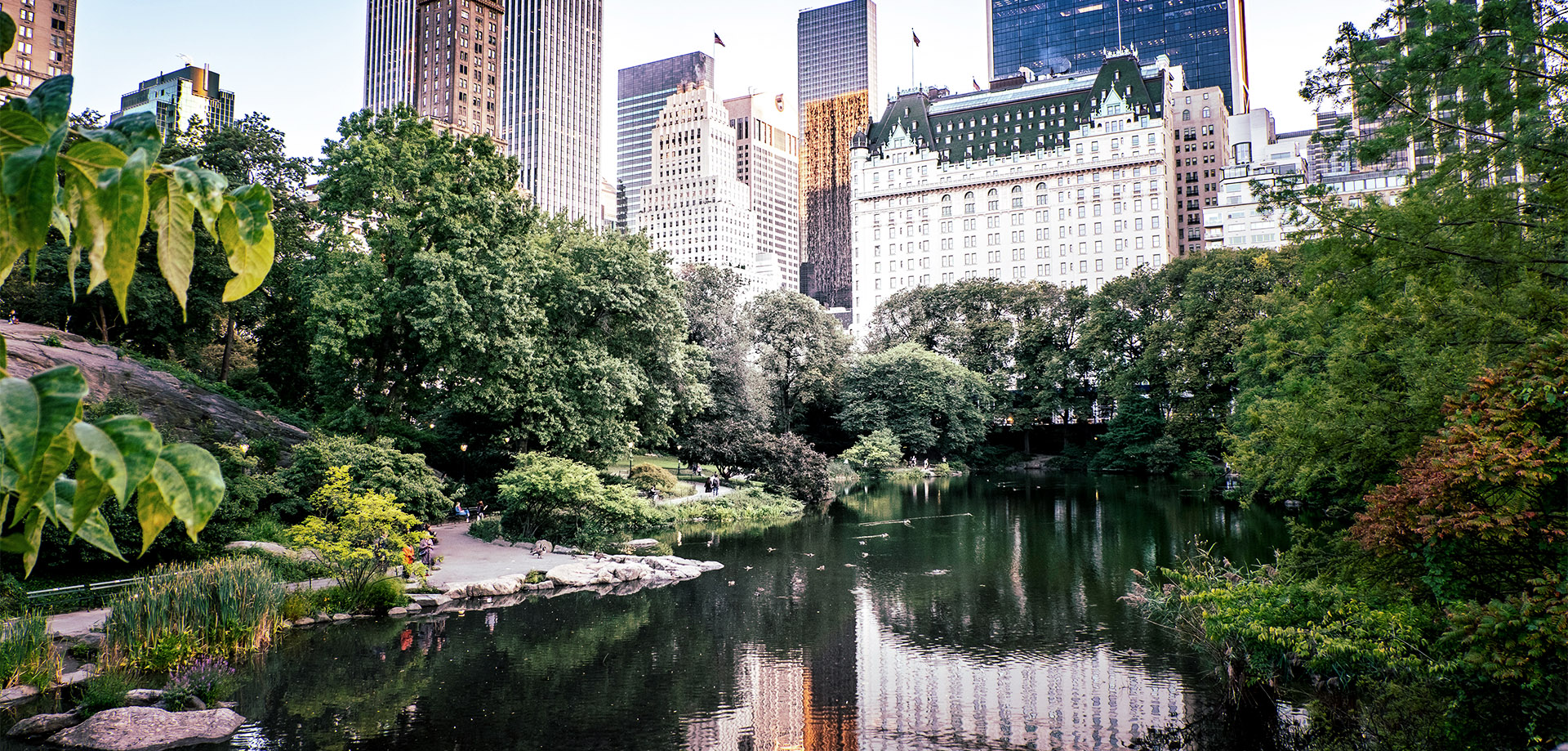Urban biodiversity is represented by the variety of living organisms in their various forms combined in the urban ecosystem. In fact, biodiversity is not stable data. It can increase or decrease over time due to various factors of a natural or anthropic nature. It is important to ensure that biodiversity does not fall below a certain level, as this can undermine the balance of life on the planet.
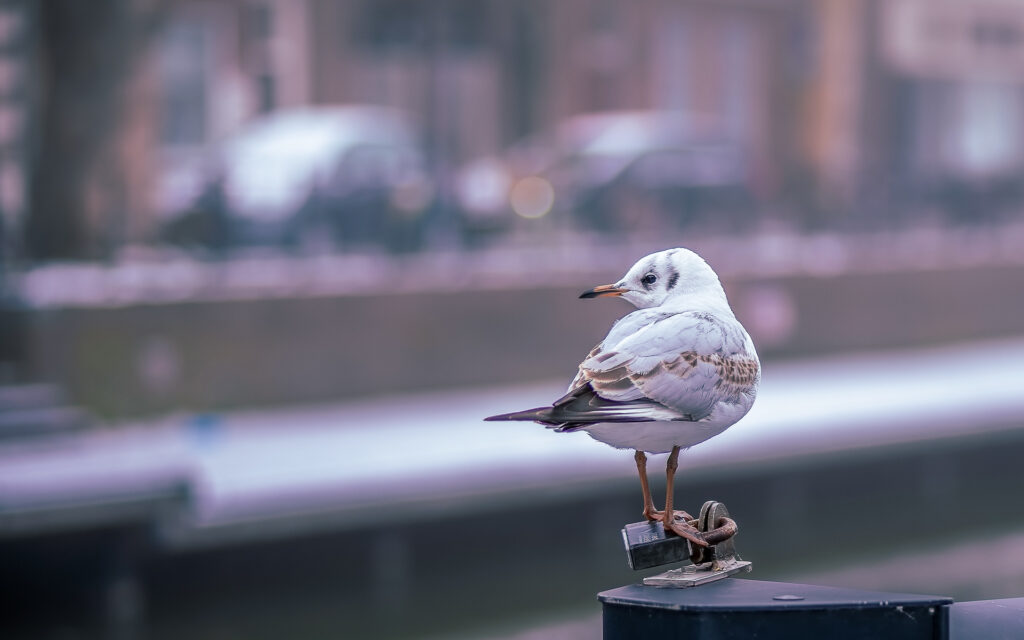
The first thing that comes to mind when thinking about biodiversity is a little-known and considered terrain and especially, we do not think of artificial sites. This is a big mistake. Probably the urban environment, with its rigidity and materiality, is not what we think when we talk about urban biodiversity. The city is an ecosystem full of opportunities. It can be a threat, but also a prospect for biodiversity. Seizing these opportunities is a new perspective on environmental protection.
Some people may wonder why we should care about urban ecology. There is already a vast nature outside the urban environment. However, studies of urban biodiversity show that it is a cause worth fighting for. There are some basic rules to follow, let us look at some of them.
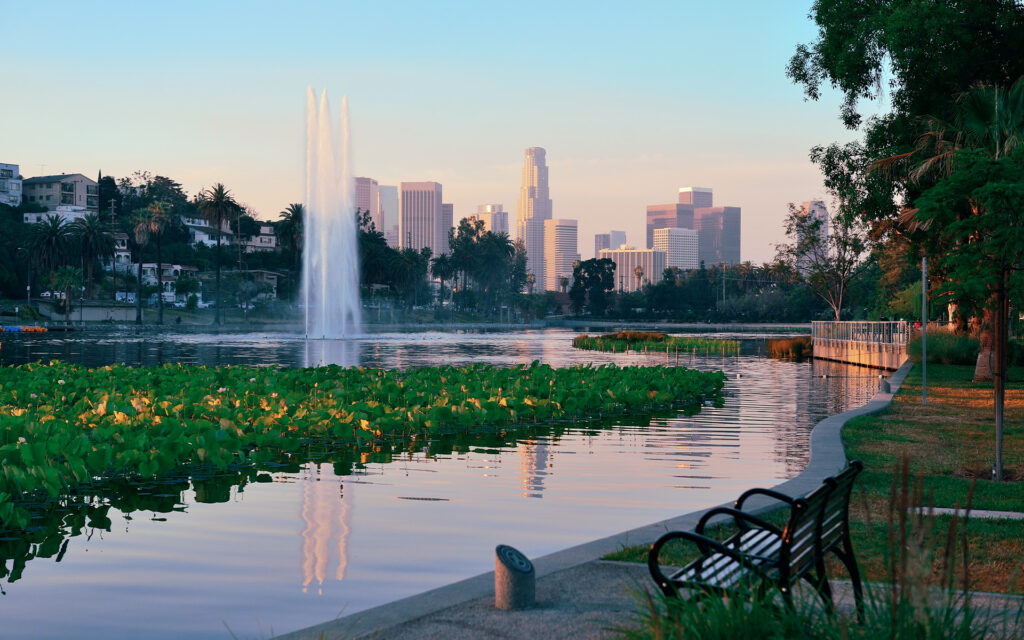
Use native species
Some may argue that the urban environment is so drastically different, that some native species may not thrive in it: it is always worth investigating. If our goal is to increase biodiversity (both plant and animal), native species will better support wildlife by avoiding invasive species.
Create layers
More naturalistic plantings, such as flowering meadows, can attract butterflies and bees. Taller grass can become a habitat for animals that do not feel comfortable on the lawn. Biotic factors, such as vegetation structure, are extremely important in maintaining wildlife. We must not only create “English lawns” then.
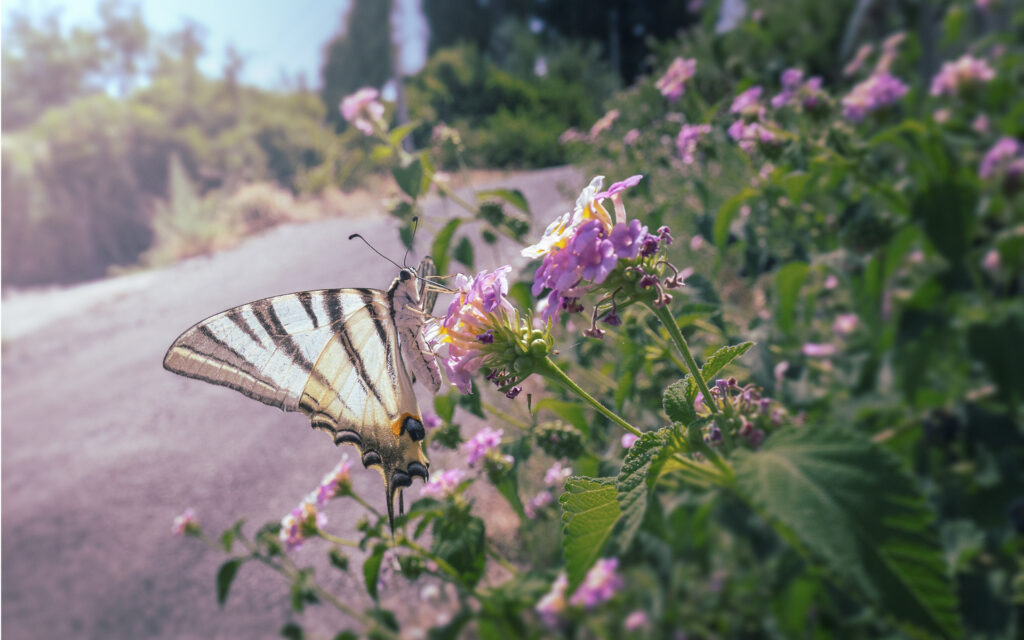
Diversify
To avoid diseases, and pests, and support biodiversity, it is necessary to select plants from different families. The ecosystem must also diversify. Biodiversity is of paramount importance. As in natural forests, complex dynamics can be established in a collaboration between species in the designed environment. Sometimes it can be precious to leave a fragment of Mother Nature. Natural succession and conservation of natural vegetation are more reliable ways to incorporate all the methods described above and increase biodiversity.
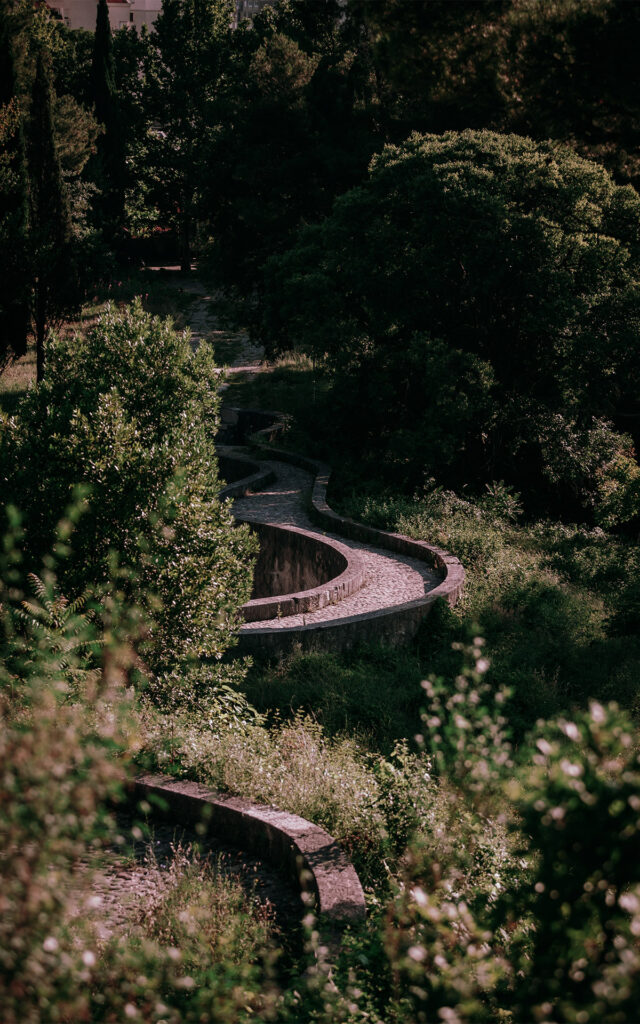
Offer food, shelter, and hospitable places
Existing habitats must be supported with a respectful approach. Different species may need different methods. Light and noise pollution must be reduced to a minimum. Connectivity is one of the most important factors influencing biodiversity, and it is essential because otherwise there is a risk of fragmentation. A good idea for this approach might be pocket forests. Finally, it is important to consider pesticide and herbicide applications, as they kill indiscriminately. These products reduce the richness of plant species and therefore repel animals.
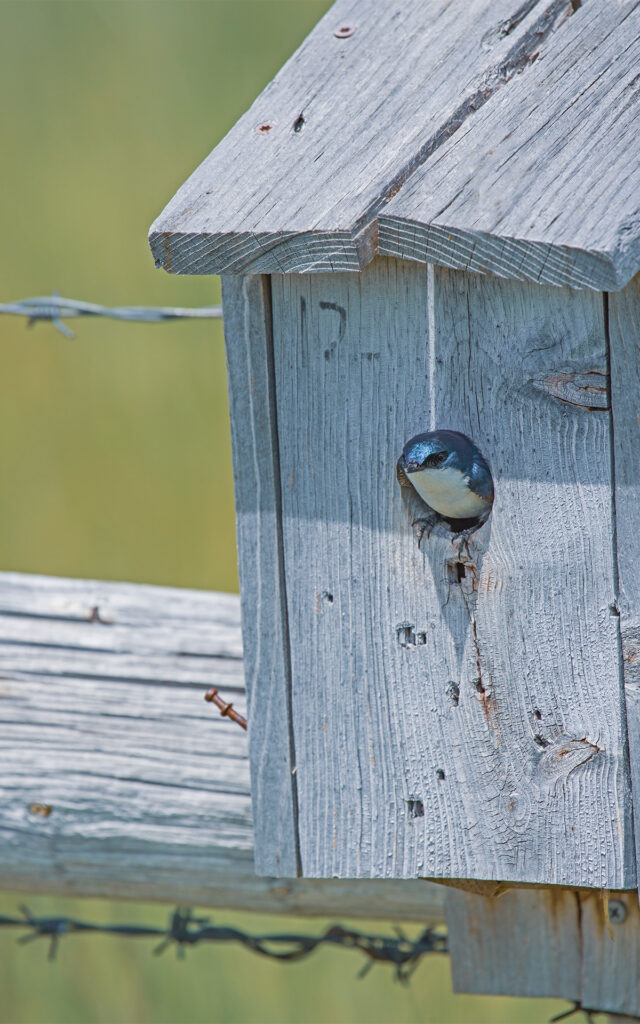
Mimic, restore and protect
The most important rule is to know the local ecology and protect it. If you think there is nothing to protect, you have to look better, more closely. If an area is already degraded, its past should be studied. Check to see if you can restore some of what was there before. Drawing inspiration from the past, information can be obtained on the plant species to use, on how to increase the ecological quality of the context, and how to do so.
Biodiversity is shrinking across the planet. It’s time to consider it in urban projects. Examining species diversity may seem difficult, but even these simple methods will help, and, first of all, we have to learn to respect what is there.
Read more: Convention on Biological Diversity
You may also be interested in: Five young activists with important sustainable projects


